
I hope you enjoy this blog post.
If you want us to appraise your luxury watch, painting, classic car or jewellery for a loan, click here.
The history of Rolls-Royce Motor Cars as of 2024
1904 – The beginning
Charles Stewart Rolls (1877-1910) was born in Hill Street, Mayfair just a stone’s throw from Berkeley Square, West London. After attending Eton College and Cambridge University, where he studied engineering, he opted for a career as a car dealer and opened his first dealership with a loan of £6600 from his father. C.S. Rolls & Co, began by importing French Peugeot and Belgian built Minerva vehicles, but it wasn’t long before he wanted a car that was a little more luxurious to sell to his wealthy clients.
In 1904, Rolls met Henry Edmunds, a director of Royce Ltd, at the Royal Automobile Club in London. Edmunds showed Rolls his company’s new car, a Royce 10, which was manufactured by Royce in Manchester. Rolls was impressed by the design, despite it being powered by a 2-cylinder motor and arranged to meet up with the company’s proprietor and chief engineer, Henry Royce at the Midland Hotel in Manchester on May 4th, 1904.
During this famous meeting, Rolls agreed to purchase all the cars that Royce could make. The subsequent cars would be badged Rolls-Royce and would be sold exclusively through C.S Rolls & Co in Fulham. The first Rolls-Royce badged car, the Rolls-Royce 10 hp, appeared at the Paris Salon in December 1904.
1906 – 1910
Rolls-Royces had built a reputation for their smoothness and reliability, crucial at a time when most motor vehicles were crudely manufactured and notoriously unreliable. In 1906 Rolls left for the USA where he intended to capitalise on the firm’s reputation and established a distributorship for his cars in New York.
Despite the early success of the company, it was clear that Rolls’ interest in the business was waning. His head had been turned by a new invention, the airplane, and he was one of the first buyers of Orville and Wilbur Wright’s new aircraft, the Wright Flyer, in 1909. Rolls went on to set a number of early aviation records including the first non-stop double crossing of the English Channel in 1909.
While Charles Rolls was busy setting aviation records, the company he founded had been busy developing a new prototype, the Rolls-Royce 40/50 hp. This new car had a 6-cylinder engine which was much smoother than the two cylinder engine it replaced. Launched at the Olympia car show in 1907 the car wasn’t ready for testing until the following year when Autocar Magazine called it the “best car in the world”. The beautiful silver coachwork of the show car (AX201) also spawned the nickname, ‘Silver Ghost’. Although this wasn’t used officially by the factory until 1921.
However, tragedy struck the company in July 1910 when the Wright Flyer Charles Rolls was piloting crashed at Hengistbury Airfield, Bournemouth. Rolls was killed instantly, and rather ignominiously became the first person in the UK to be killed in an aeronautical accident using a powered aircraft.
1911 – A Silver Lady is born
Mercedes has the three-pointed star, Ferrari has the Cavallino rampant ‘prancing horse’, and Rolls-Royce has the ‘spirit of ecstasy’. This beautiful silver lady has adorned the front of almost every Rolls-Royce since 1911. Designed by the renowned sculptor Charles Sykes, the famous motif is actually modelled on a real person. Eleanor Velasco Thornton, private secretary to Lord Montague, one of Rolls-Royce’s most important customers.
The design is based on a private commission by Lord Montague for a bonnet ornament for a Rolls-Royce in his private collection. The original differs from the official version due to the fact that it shows Eleanor holding her forefinger to her lips.
As a result, this version is called ‘the Whisper’ and is extremely rare. Only members of the Montague family can specify ‘the Whisper’ to adorn their new Rolls-Royce. The whisper is said to signify that Montague was having an affair with Eleanor at the time.
1925 – The Phantom
Launched as a replacement for the 40/50 ‘Silver Ghost’, the Phantom was introduced in 1925 and used a revolutionary pushrod-OHV 6-cylinder engine. While the chassis was the same as the outgoing 40/50 model, the suspension was upgraded to use semi-elliptical springs on the front axle and cantilever springs on the rear axle. This gave the car a magic carpet ride and further strengthened Rolls-Royce’s reputation as the manufacturer of the best cars in the world.
1931 – Bentley joins the family
Rolls-Royce acquired Bentley Motor Company in 1931 after Bentley fell into financial difficulties following the great depression. Rolls-Royce chose not to continue manufacturing separate Rolls-Royce and Bentley models, instead, they used the Bentley badge on some of the sportier models in the range.
1933 – From red to black
In 1933 the background colour of the Rolls-Royce badge was changed from red to black because it was thought the red sometimes contrasted with the choice of coachwork chosen by some customers. This change is sometimes referred to as a mark of respect for the death of founder Henry Royce, who died in March of 1933, but this is incorrect.
1946 – Production moves to Crewe
Following WWII, Rolls-Royce Motorcars restarted production at an unused factory in Crewe. The factory had previously been used to make Rolls-Royce Merlin and Griffin aero engines during the war years.
Rolls-Royce needed more space because it began to manufacture coachwork for the first time. Having purchased the remaining capital of renowned coachbuilders Park Ward Limited, which it had part-owned since 1936.
1955 – 1965 The Silver Cloud
In 1955 Rolls-Royce stopped selling separate chassis and designed their own body in-house for the first time. Manufactured using pressed steel, the body shell was considerably lighter than traditional coach built examples.
The new car was christened Silver Cloud, but it wasn’t an immediate hit with traditional Rolls-Royce buyers, who didn’t like the limited choice of options and the rather bulbous design. However, the new car was considerably cheaper to produce than a traditional coach built vehicle, retailing for a price of just £5078 including taxes.
This more affordable Rolls-Royce opened the brand up to a younger generation of buyers, including Elvis Presley, John Lennon, and Frank Sinatra.
1965 – 1980 The Silver Shadow
By the mid-1960s, car design had changed significantly with most manufacturers opting for an integrated monocoque chassis design. In an effort to keep up, Rolls-Royce launched the Silver Shadow in 1965, which used a unitary body and chassis construction for the first time.
The platform spawned a number of derivatives including the ultra-suave Corniche, the Pininfarina designed Camargue and numerous Bentley models. The Silver Shadow also used the innovative hydropneumatic suspension which provided exceptional ride quality for the period.
The new car was a huge hit with buyers and to date it is the most popular Rolls-Royce model ever, selling 30,057 models over its 35-year lifespan.
1981 – 1997 The Silver Spirit
In the early 1980s, the Silver Shadow was getting long in the tooth and a new model was needed to keep pace with German rivals Mercedes-Benz. The result was the Silver Spirit which was first shown to the public in 1980.
The Spirit is based on the chassis of the Shadow but has an updated self-levelling suspension which improved ride quality and an improved 3-speed automatic gearbox. The model spawned a number of derivatives including the long-wheelbase Silver Spur and the Park Ward limousine.
2003 – The birth of a new era
At the turn of the Century, Rolls-Royce Motorcars were in decline. The more sporty Bentley models had overtaken Rolls-Royce sales for the first time and the Silver Seraph, launched in 1998 was not proving to be very popular. It was clear a new direction was needed and it came in the form of BMW, which purchased the rights to use the name following a buyout of the Bentley brand by rival Volkswagen. Because BMW only purchased the rights to use the brand, they had to develop a new model and build a new factory to make it.
The new factory was built on the grounds of Lord March’s estate at Goodwood, West Sussex. The new state of the art facility was designed to be as environmentally-friendly as possible and marked the start of a new and exciting era for the brand. The new car, christened Phantom VII, was built on a state-of-the-art space frame aluminium chassis to save weight and was powered by a BMW 6.75L V12 engine.
The Phantom VII proved a huge hit with buyers, due to the huge number of customisable options that were available. Customers could choose from 44,000 paint colours, specify any colour leather interior they wanted and could even have their initials carved into the dashboard.
It also famously reintroduced suicide doors which allow passengers to alight from the rear in an elegant manner. What’s more, the new car allowed Rolls-Royce to claim they made the best car in the word once again.
2009 – A Rolls-Royce for the people
Following the success of the Phantom, a new Rolls-Royce was developed to appeal to a younger generation. Christened Ghost, in honour of the 40/50, it uses the drive train and platform of a 7 series BMW in an effort to save costs. Although significant changes were made, the company concedes that up to 20% of the components of the chassis are shared.
But to the outside world, this is still a Rolls-Royce: it has the commanding road presence that every Rolls-Royce demands, along with a gloriously elegant interior which can be customised to the customer’s exact requirements.
The Ghost has spawned a number of derivatives including the Wraith coupe and Dawn convertible models along with an extended wheelbase version. This has helped the Ghost to become one of Rolls-Royce’s most popular models of all time. But it has yet to surpass the Silver Shadow as the most popular Rolls-Royce ever.
2017 – All new Phantom launched
2017 saw the launch of the all-new Phantom VIII. This state of the art vehicle is once again developed on its own aluminium space frame chassis and is fitted with self-levelling suspension, electronically-controlled dampers, and active anti-roll bars to help improve the already impressive ride of its predecessor.
A new range of tyres has also been developed in conjunction with Continental, which aims to reduce the amount of road noise inside the vehicle. And of course, it wouldn’t be a Rolls-Royce if it didn’t have a virtually endless array of paint and interior customisation options.
2018 – A new direction for Rolls Royce, the Cullinan
2018 sees the company take a new and exciting direction, with the launch of its first SUV, the Cullinan. Developed to appeal to buyers in emerging markets, is built on the same aluminium space frame chassis as the new Phantom and shares its 6.75-liter twin-turbocharged engine, but uses its own 4×4 drivetrain.
Final assembly will take place at Goodwood and customers will be able to choose from a range of customisation options. The launch of the Cullinan marks the resurgence of Rolls-Royce under BMW’s stewardship. The company is once again profitable and can stand proud as an iconic British company that can truly stake its claim to making the best cars in the world.
Rolls-Royce Pawnbroking services
Based in the West End of London, New Bond Street Pawnbrokers are the natural choice to pawn your cherished Rolls-Royce motorcar. With over 60 years of experience valuing some of the world’s biggest luxury brands along with fine wine, antiques, and gemstones, we’ll give your Rolls-Royce the attention it deserves.
Our expert team has experience valuing both classic and modern Rolls-Royce models so you can be sure we’ll offer you a fair and honest appraisal. We also pride ourselves on the levels of service we provide.
So if you’re looking to use your Rolls-Royce as collateral for a loan, give our automobile pawnbroking team a call today. You’re guaranteed a discreet and professional service. New Bond Street Pawnbrokers offer loans against the following classic cars: Aston Martin, Bugatti, Ferrari, Jaguar, Mercedes, Rolls-Royce, and Porsche.
This post is also available in:
Français (French)
Deutsch (German)
Italiano (Italian)
Português (Portuguese (Portugal))
Español (Spanish)
Български (Bulgarian)
简体中文 (Chinese (Simplified))
繁體中文 (Chinese (Traditional))
hrvatski (Croatian)
Čeština (Czech)
Dansk (Danish)
Nederlands (Dutch)
हिन्दी (Hindi)
Magyar (Hungarian)
Latviešu (Latvian)
polski (Polish)
Português (Portuguese (Brazil))
Română (Romanian)
Русский (Russian)
Slovenčina (Slovak)
Slovenščina (Slovenian)
Svenska (Swedish)
Türkçe (Turkish)
Українська (Ukrainian)
Albanian
Հայերեն (Armenian)
Eesti (Estonian)
Suomi (Finnish)
Ελληνικά (Greek)
Íslenska (Icelandic)
Indonesia (Indonesian)
日本語 (Japanese)
한국어 (Korean)
Lietuvių (Lithuanian)
Norsk bokmål (Norwegian Bokmål)
српски (Serbian)
Tamil
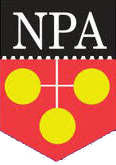

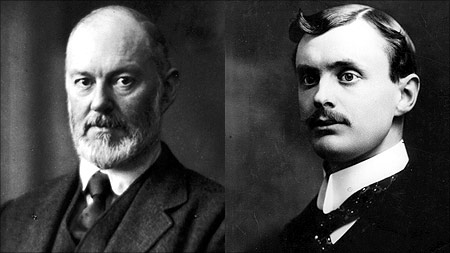
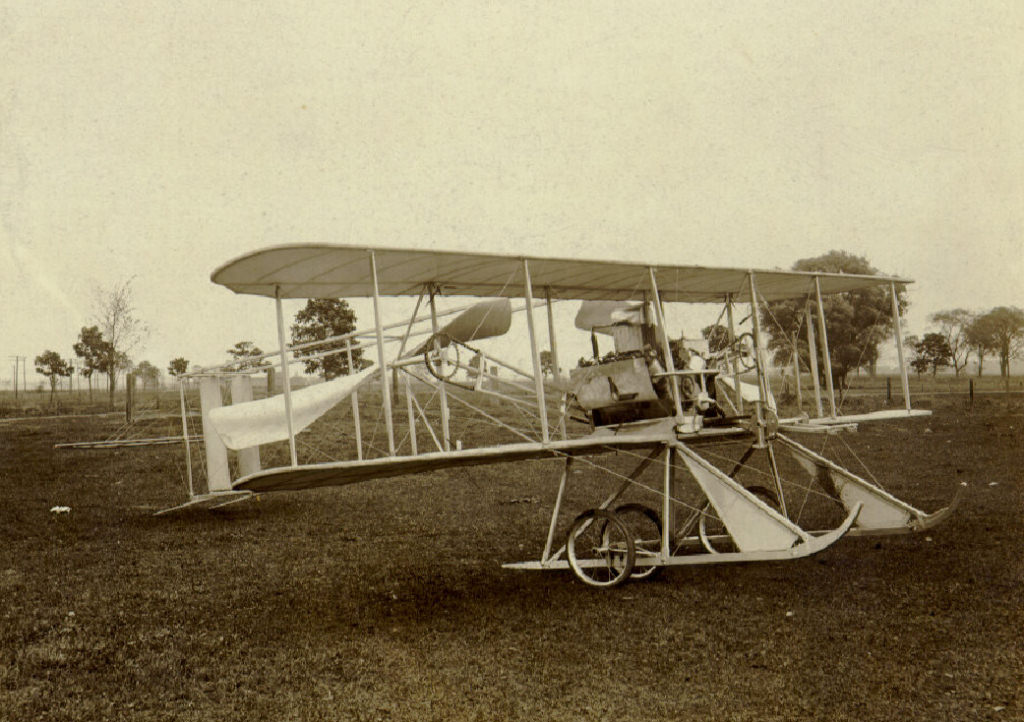
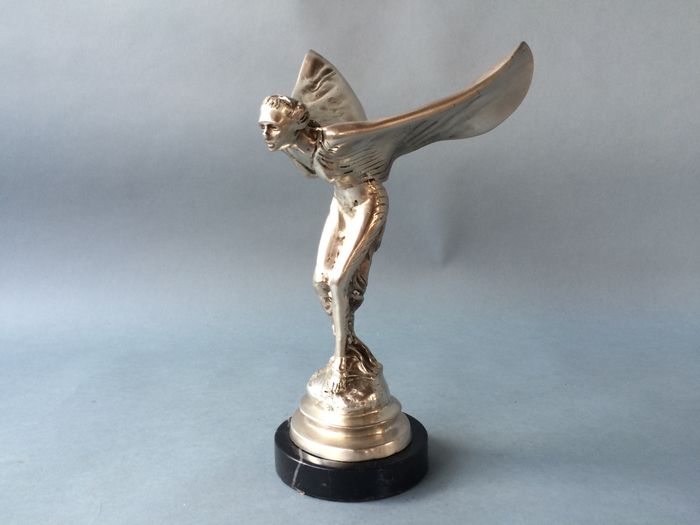
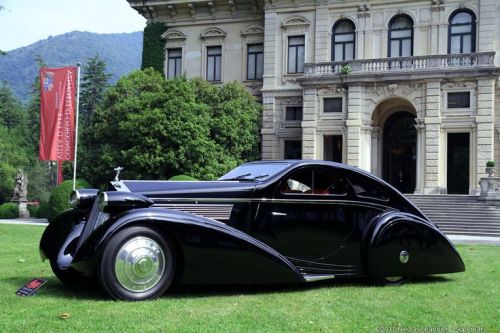
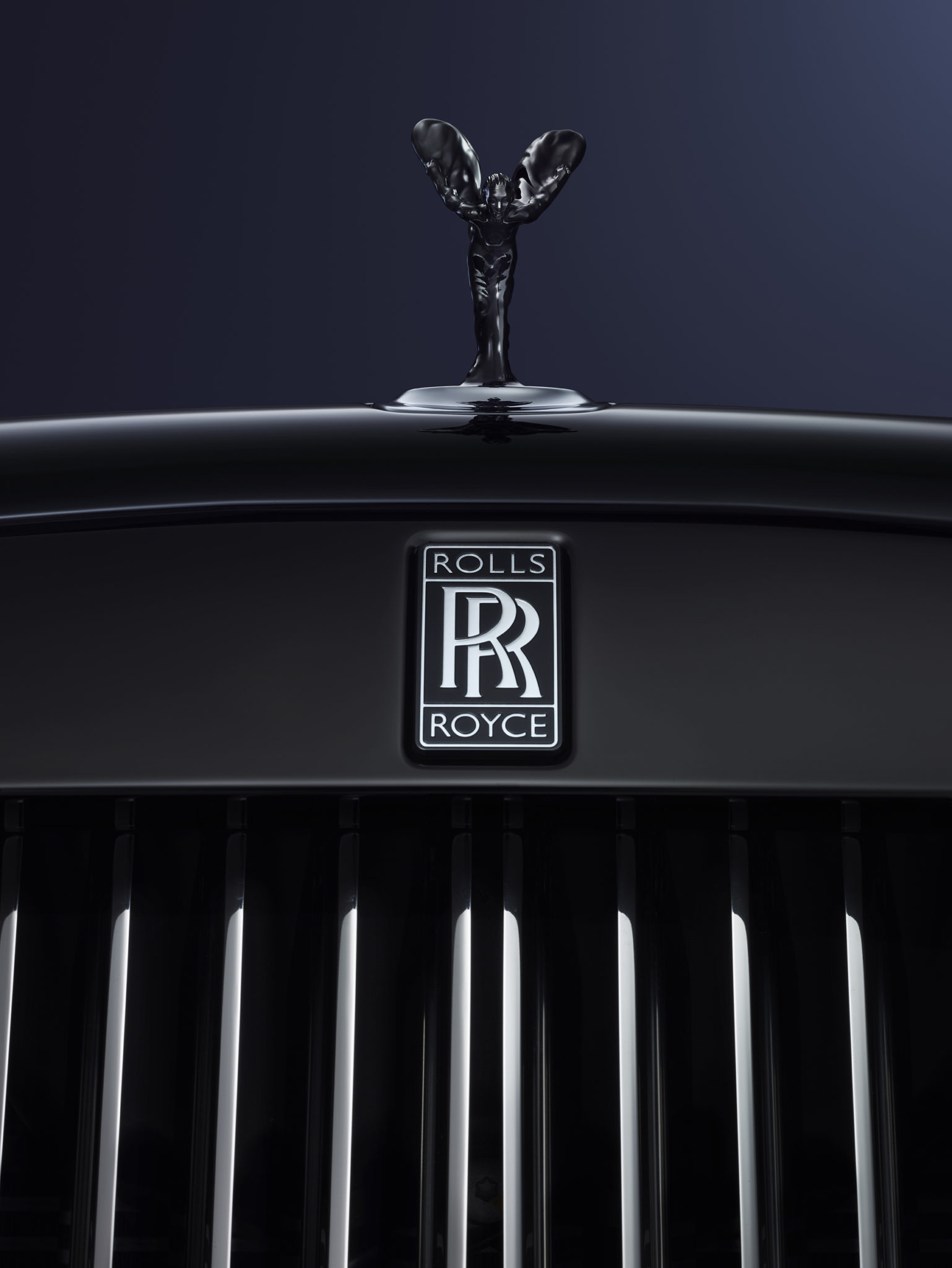
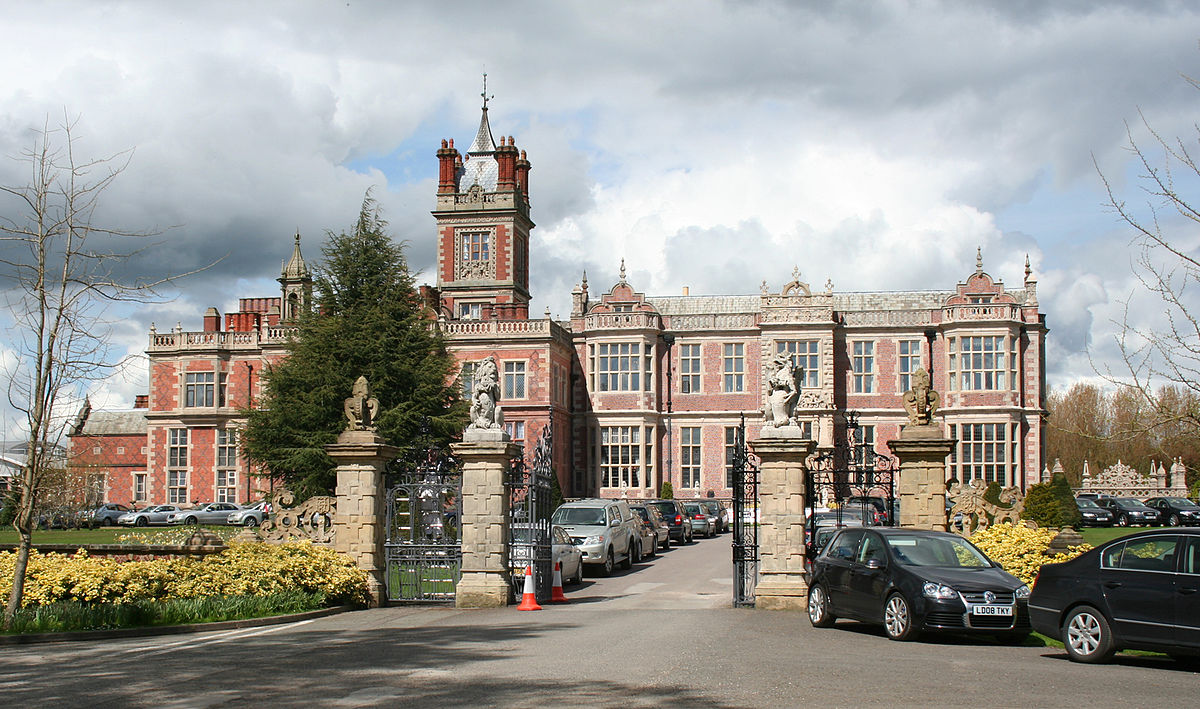
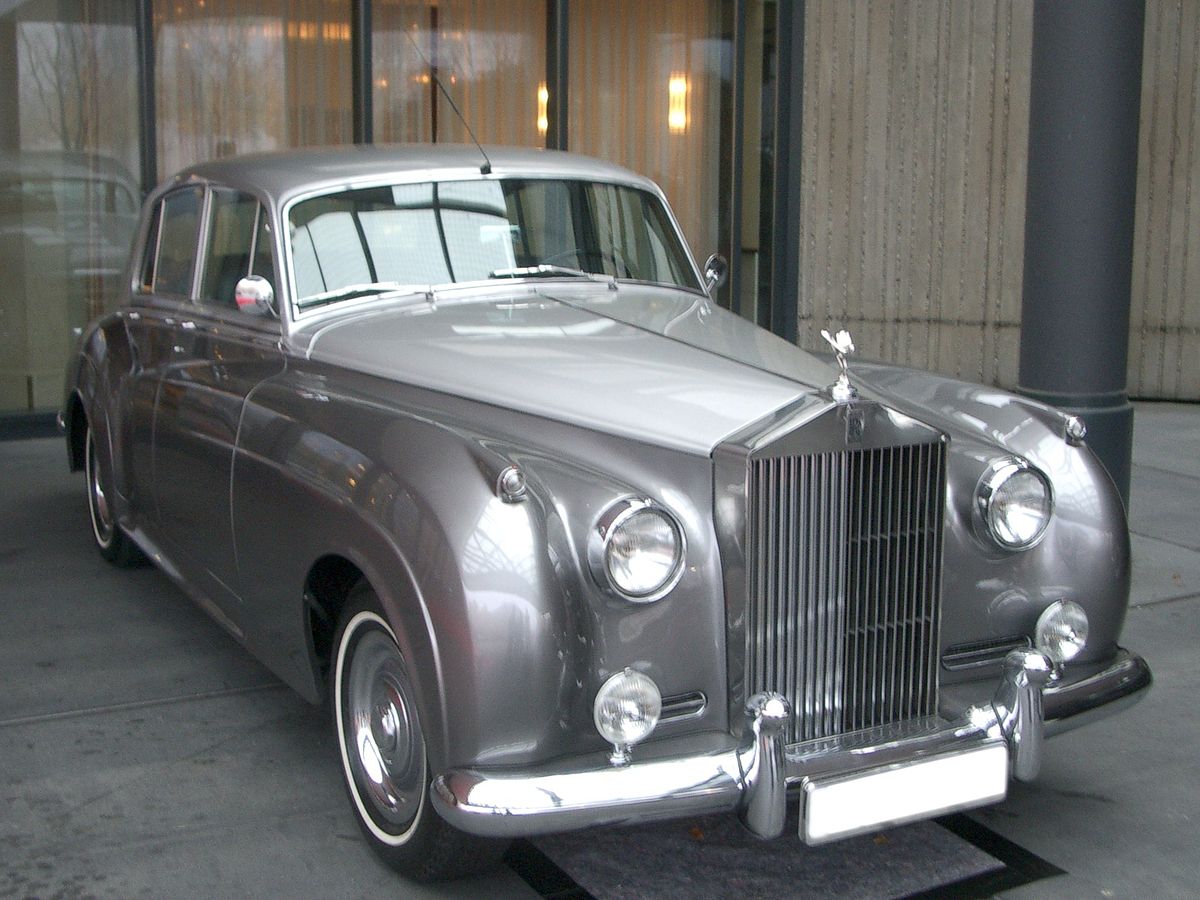
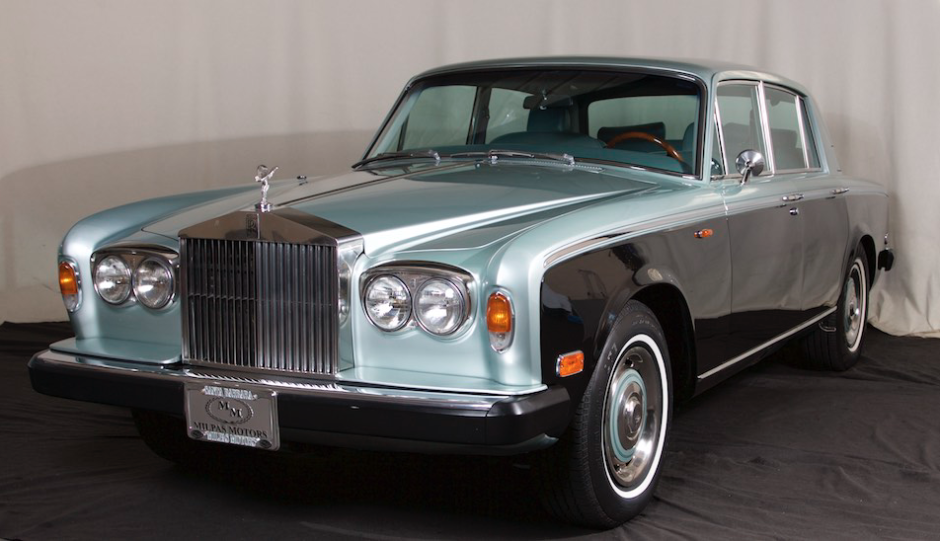
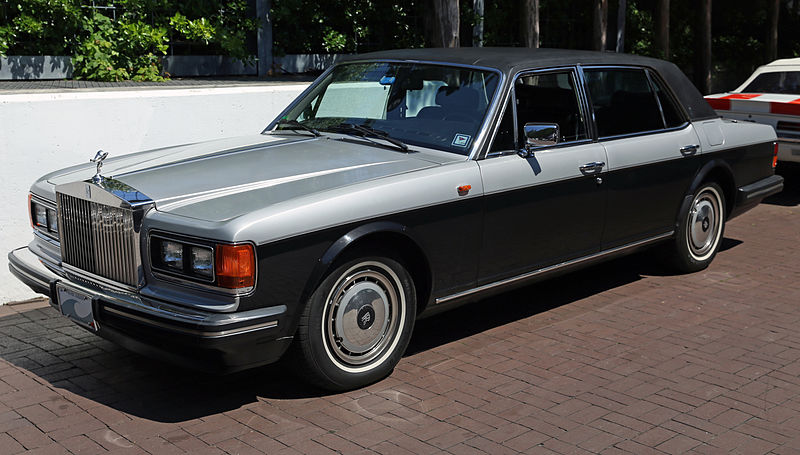
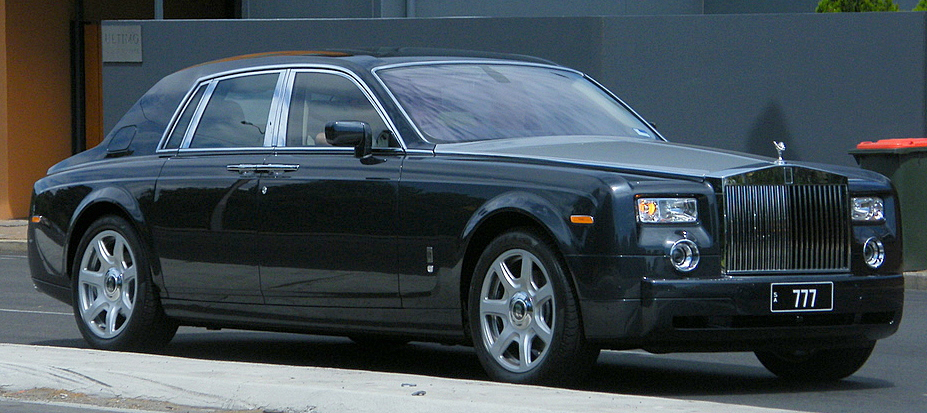
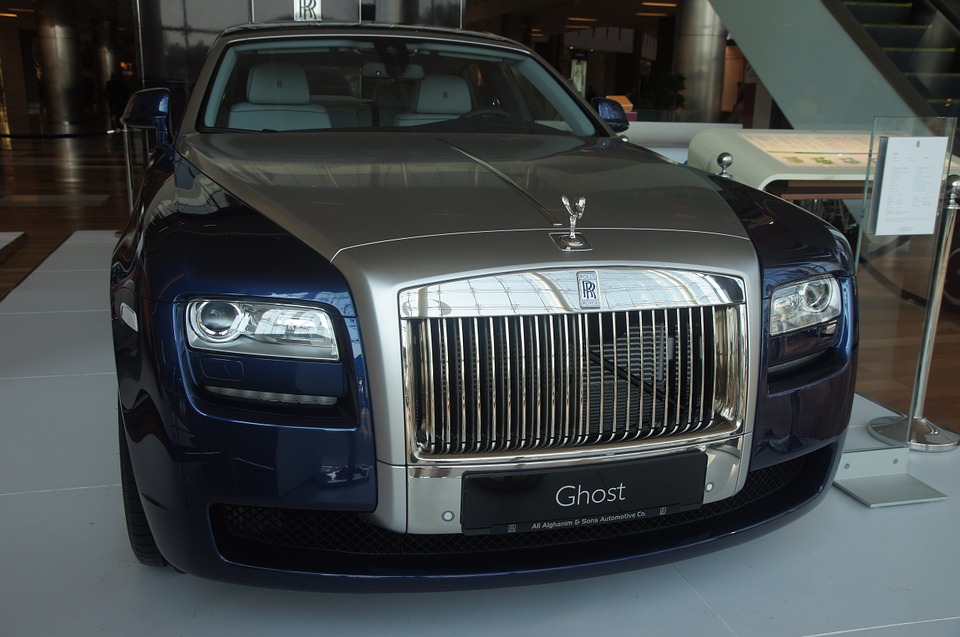

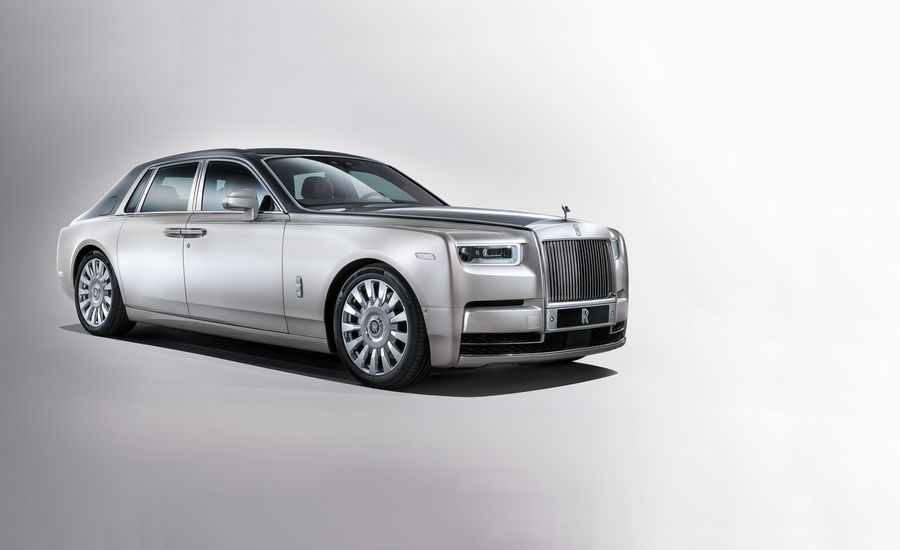

Be the first to add a comment!